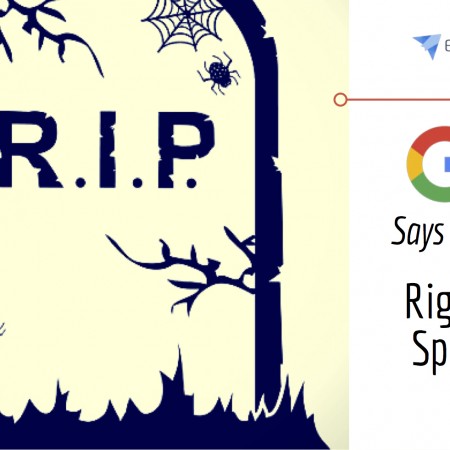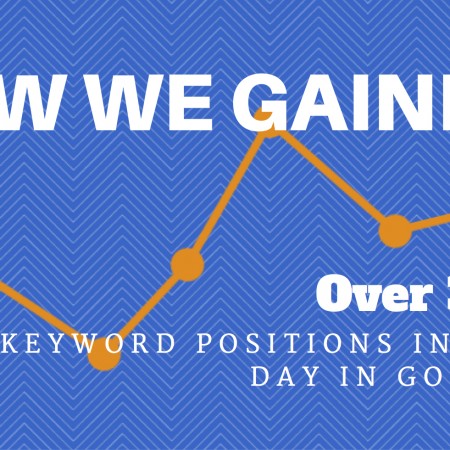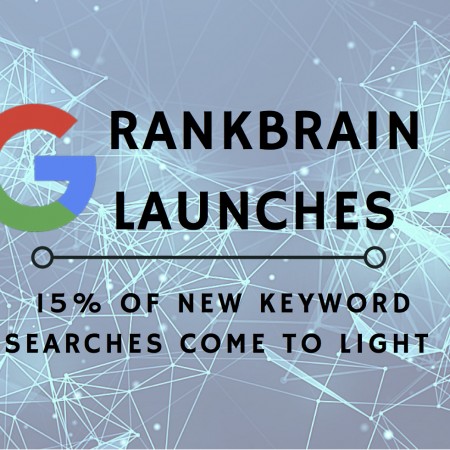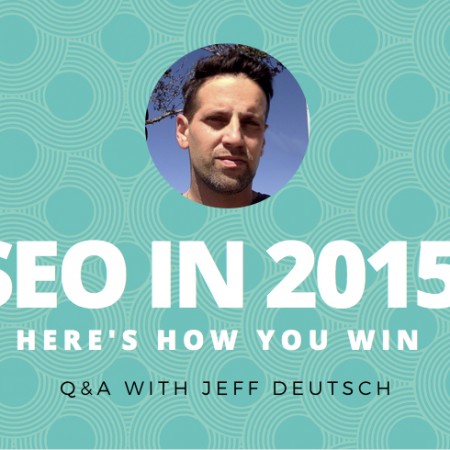Why Google Killed Doorway Pages & How To Make Sure You’re In the Clear
If you use the web to surf, purchase, play, or read, it’s likely you’ve come across a “doorway” page. They’re bad news all around. How so? Doorway pages are web pages designed for the sole purpose of helping websites improve their traffic. They’re designed to rank well for particular phrases or keywords and often feature spammy, keyword-stuffed content and little to no user value. In addition to clogging up the Internet, doorway pages are obnoxious and frustrating for users. Imagine coming across a piece you thought was “a thorough DIY guide on grooming your dog” just to find it was a landing page selling you dog food with a tiny blurb that wasn’t really helpful titled “how to groom your dog.” Yeah, bad news. Fortunately, Google is trying to fix the issue. Last year, the search engine released an algorithm update meant specifically to kill doorway pages across the web. Here’s what you need to know–and keep reading for five ways to make sure you aren’t hosting any so-called “doorway page,” unbeknownst to you. Why Doorway Pages Are Bad There are dozens of SEO tactics designed to boost search results, but doorway pages are a particularly frustrating one. Doorway pages often masquerade as a single page on a site or as a selection of distinct domains. They’re a problem because, when a Google user enters a search query, it’s possible that he or she will receive a complete list of results that all point to the same site. This creates a negative experience for Google users and makes it difficult for them to find the information they need. Short Answer: If You Are Investing in High Quality Content, You Won’t Have to Worry Remember, in 2015, Google released a massive Search Quality Evaluator guide. They have real people who evaluate every site based on these standards. We talked about these standards here, in a massive 3,000-word blog. And this ties into doorway pages. I know this sounds simple, but it really matters: overall, things boil down to the quality of content you have. If it’s high; you’re in the clear. If it’s low; you’re not. Is your site messy? In both design and content? Poor in wording? An empty page or two? You probably have doorway pages and Google isn’t going to like you. Or is your site and written content on it really good? You’d be proud to read it off to your newest client? That kind of quality. Per Google’s guidelines, things boiled down to these two standards: Key Ways to Instantly Recognize Telltale Doorway Pages If you’re still unsure whether you might host a doorway page or not, luckily, Google offers several pretty clear guidelines on how users can identify doorway pages, so you’ll never create them or let someone else create them for you. Website owners beware of these key following telltale signs of a doorway page: If the purpose of a page is to rank for a search term or funnel visitors to a particular portion of a site, the page is probably a doorway page. If the page is targeting generic search terms, but is filled with specific body content, it’s likely a doorway page. If the page collects and aggregates things that can be found on the website, such as locations and product descriptions, it’s likely a doorway page. If the page exists for the sole purpose of funneling users or harvesting affiliate traffic without offering valuable content or functional design, it’s likely a doorway page. If the page makes it impossible to navigate to other portions of the site, it’s likely a doorway page. What Google’s Anti-Doorway Update Actually Does The update Google put out, which currently doesn’t have a name, categorizes doorway pages as possessing three traits: Doorway pages often have multiple domain names or funnel users to a specific page Doorway pages are pages that seek to funnel visitors to relevant or usable portions of the site Doorway pages are similar pages that run parallel to search results rather than a “browse-able hierarchy.” Within its press release surrounding the topic of the update, Google states that “doorway pages that are created solely for search engines can harm the quality of the user’s search experience” and goes on to say that large sites that use doorway campaigns are likely to be impacted by the impending algorithm change. In addition to helping Google users get a feel for what doorway pages are, these guidelines can also help webmasters determine if they have doorway pages on their sites and remove them in order to avoid being penalized by Google. 5 Ways to Protect Your Site from The Worst of Google Doorway Penalties If you’ve been using doorway campaigns on your site, there are several things you can do to avoid Google penalties. 1. Destroy empty pages If you’ve got empty pages sitting around on your site, it’s time to take them down. Because these pages don’t add what Google calls “clear, unique value,” they’re likely to be interpreted as doorway pages and can harm your site’s overall ranking. With this in mind, only publish new pages when you have content available for them. This ties into the overall theme of “is your content good? is it high quality? does it help people?” Empty pages obviously don’t! 2. Improve your site navigation This plays into design. Work on both the appearance and navigation abilities of your site. One trait of doorway pages is that they make it difficult or virtually impossible to navigate to other portions of the website. If you’ve got a page that isn’t integrated into the navigation of your site, consider improving your navigation so that the page in question is easier for users to find and to navigate away from. 3. Pay attention to customer-generated content pages Pages that get most of their content from customers or staff are at a high risk of sitting idle and damaging your site’s ranking. These pages include things like open-to-contributors review pages and galleries. To avoid getting dinged by Google’s recent update, be … Read more









